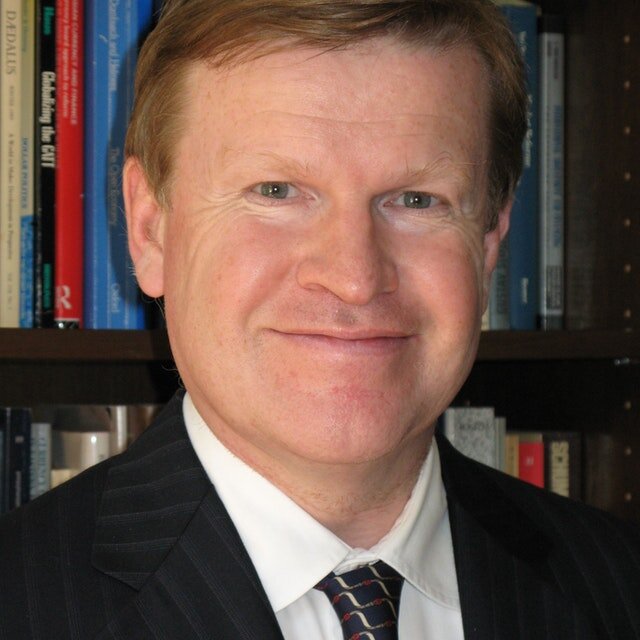Making a Modern Central Bank: The Bank of England 1979-2003
Harold James is the Claude and Lore Kelly Professor in European Studies and Professor of History and International Affairs at Princeton University. He is one of the most prominent financial and economist historians of our age, and his most recent book Making a Modern Central Bank: The Bank of England, 1979–2003 was just published in the fall of 2020.
In this interview, Prof. James discusses his newest book, the modern history of central banking, global macro-financial trends in the last few decades, his insights on globalization and inflation outlook in 2020, and beyond. Prof. James dives into the details of the most important transformations undergone by the Bank of England, UK’s interactions with the European monetary system, as well as key external influences on the UK like Alan Greenspan and the German Bundesbank.
The Bank of England, the central bank of the United Kingdom, was established by the British Parliament in 1694. But ever since its genesis, it struggled over what efficiency and effectiveness meant. Central banks, especially the Bank of England, used to act behind a veil of secrecy, but the 1980s and 1990s marked a fundamental change in thinking about central banking all over the world following the great inflation of the 1970s, when the UK had the highest inflation rate in the developed world and realized that they needed to emulate other developed countries and establish better monetary policies.
By the 21st century central banks had transformed to be all about efficiency, stability, and transparent communications. Independent central banks are now also seen as the superior model because it would not be subject to political pressure. The journey of “making a modern central bank” thus involved shedding a strongly entrenched idea about British peculiarity or British exceptionalism and learning from the rest of the world.
1979 was a major caesura of the 20th century that started a new phase of globalization: the creation of the European Monetary System (without UK); the Iranian Revolution; Deng Xiaoping began a series of reforms that introduced the principles of the market to China; Margaret Thatcher became the UK Prime Minister; and the UK government announced the immediate removal of virtually all remaining exchange controls…
The period of 1979-2003 can be roughly divided into a few tumultuous periods in global macro-finance. In the late 1970s and 1980s, the US and European nations debated about monetary targeting. In the 1980s, exchange rate became seen as the cornerstone of credibility in Europe, which in turn dramatically influenced the UK’s central banking policies. In the 1990s, inflation targeting was “imported” to the UK on the basis of New Zealand’s pioneering experience.
The evolution of the Bank of England also went together with the evolution of monetary theory. In the beginning, no one knew what the function of the central bank was. Some said it as the institution that controls money and manages the banking system, while others believed that central banks were supposed to produce one fundamental public good – financial stability. Prof. James explains the competing philosophies behind central banking, monetary policy, and the interpretations for money, as well as the various interesting paradigms like Alan Greenspan’s “Spine Theory” that may have dominated monetary policymaking for many years and left profound consequences.
Harold James

